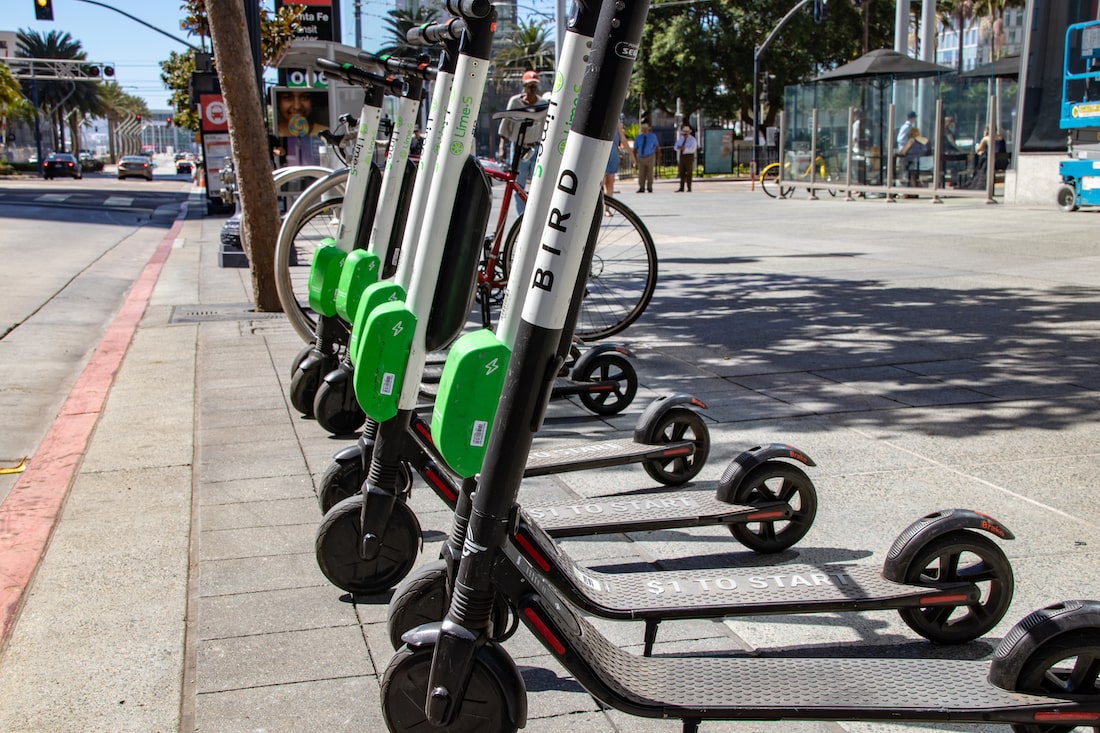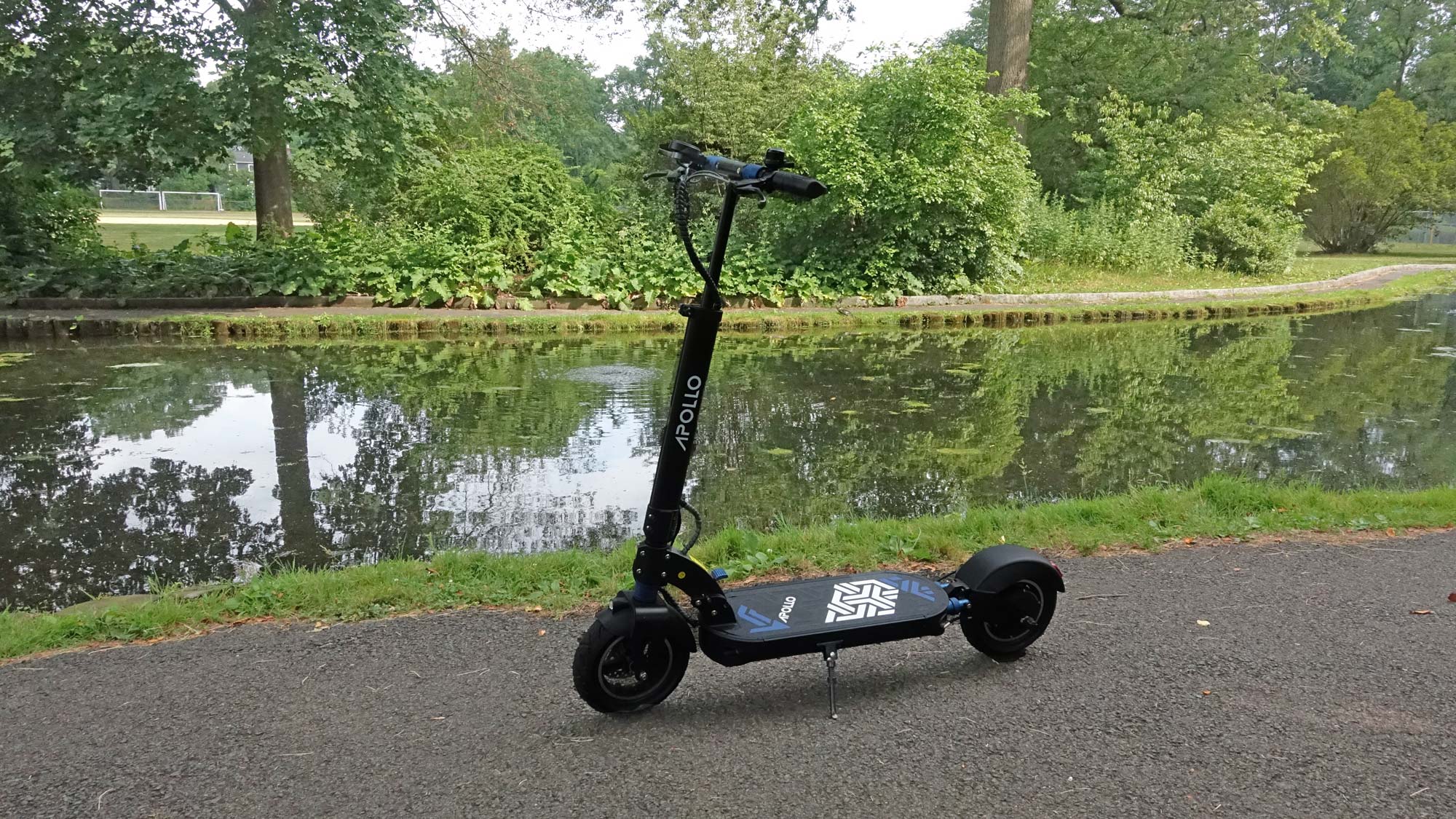I. Introduction to Electric Scooters in California

A. Embracing Electric Scooters as a Sustainable Transportation Option
- Benefits of Electric Scooters for Urban Commuting Electric scooters have gained popularity in California as a sustainable transportation option for urban commuting. They offer an eco-friendly alternative to traditional modes of transportation, reducing carbon emissions and promoting environmental sustainability. Electric scooters are also cost-effective and efficient, making them a practical choice for short-distance travel within cities.
- Popularity and Adoption in California California has seen a significant adoption of electric scooters in recent years. Major cities such as Los Angeles, San Francisco, and San Diego have witnessed a surge in electric scooter usage due to their convenience and accessibility. The state’s favorable climate and infrastructure make it an ideal location for electric scooter riders to navigate through city streets.
B. Understanding Legal and Safety Considerations
- State Laws and Regulations for Electric Scooters It is important for electric scooter riders in California to familiarize themselves with the state laws and regulations governing their use. The California Vehicle Code (CVC) outlines specific rules for electric scooters, including speed limits, age restrictions, and equipment requirements. Understanding these regulations ensures compliance and promotes safe and responsible riding.
- Safety Guidelines and Best Practices To ensure safety while riding electric scooters, riders should follow safety guidelines and best practices. This includes wearing appropriate safety gear such as helmets and knee pads, obeying traffic laws, and being mindful of pedestrians and other vehicles on the road. By adhering to these guidelines, riders can minimize the risk of accidents and injuries.
II. California Laws and Regulations for Electric Scooters

A. Classifying Electric Scooters in California
- Differentiating Motorized Scooters from Electric Bicycles California law distinguishes between motorized scooters and electric bicycles. Motorized scooters are defined as two-wheeled devices with handlebars, a floorboard, and an electric motor. Electric bicycles, on the other hand, are bicycles with electric motors that assist with propulsion. Different rules and regulations apply to each category, so it is important to understand the classification of the electric scooter being used.
- Speed and Age Limitations for Electric Scooters In California, electric scooters are limited to a top speed of 15 miles per hour on public roads and bike lanes. Additionally, riders must be at least 16 years old to operate an electric scooter. These limitations ensure the safe operation of electric scooters and promote responsible riding practices.
B. Understanding Rider Requirements and Responsibilities
- Helmet Laws and Safety Gear Requirements California law requires electric scooter riders under the age of 18 to wear helmets. However, it is strongly recommended for riders of all ages to wear helmets and other safety gear, such as knee and elbow pads, to protect themselves in the event of a fall or collision. Wearing appropriate safety gear minimizes the risk of head and bodily injuries.
- Riding on Bike Lanes and Streets Electric scooters are generally allowed on bike lanes and streets, but riders should be mindful of local regulations and restrictions. It is important to yield to pedestrians, follow traffic signals, and be aware of other vehicles sharing the road. Riding in a predictable and cautious manner ensures the safety of both the rider and others around them.
III. City-Specific Regulations for Electric Scooters in California

A. City Ordinances and Permitting Processes
- Varied Regulations across California Cities Regulations for electric scooters vary across different cities in California. Some cities have implemented ordinances that require permits for electric scooter companies to operate within their jurisdiction. These ordinances often include specific rules related to parking, speed limits, and fleet size. It is important for riders to familiarize themselves with the specific regulations in their city of operation.
- Examples of City-Specific Electric Scooter Programs Cities like Los Angeles, San Francisco, and Santa Monica have implemented electric scooter sharing programs to provide convenient transportation options to residents and visitors. These programs involve partnerships between the city and electric scooter companies to ensure compliance with local regulations and promote responsible scooter usage.
B. Dockless Electric Scooter Sharing Programs
- Overview of Dockless Scooter Companies in California Dockless electric scooter sharing programs have become increasingly popular in California cities. Companies such as Bird, Lime, and Spin offer these services, allowing users to rent electric scooters through mobile applications. The convenience of dockless sharing programs provides riders with flexibility and accessibility when it comes to scooter usage.
- Understanding Parking and Usage Guidelines Dockless electric scooter sharing programs often have specific guidelines regarding scooter parking and usage. Riders are typically required to park scooters in designated areas or on sidewalks in a responsible manner, ensuring they do not obstruct pedestrian walkways or create hazards. Users must also follow local regulations and usage limits, respecting the community and the environment.
IV. Safety Measures and Best Practices for Electric Scooter Riders
A. Adhering to Traffic Rules and Regulations
- Yielding to Pedestrians and Obeying Traffic Signals Electric scooter riders should prioritize the safety of pedestrians by yielding to them at crosswalks and intersections. It is essential to follow traffic signals, including red lights, stop signs, and pedestrian walk signals. Respecting traffic rules helps ensure the safety of both riders and pedestrians.
- Following Speed Limits and Riding in a Predictable Manner Electric scooters often have specific speed limits designated by local regulations. Riders should adhere to these speed limits to ensure safe and controlled riding. Additionally, riding in a predictable manner, such as maintaining a straight line and signaling intentions, helps other road users anticipate the rider’s movements and reduces the risk of accidents.
B. Ensuring Personal Safety and Protection
- Wearing a Helmet and Protective Gear The use of helmets and other protective gear, such as knee and elbow pads, is strongly recommended for electric scooter riders. Helmets provide crucial head protection in the event of a fall or collision. Wearing protective gear can reduce the severity of injuries and increase rider safety.
- Regular Inspections and Maintenance of Electric Scooters Performing regular inspections and maintenance checks on electric scooters is crucial for rider safety. Riders should ensure that tires are properly inflated, brakes are in good working condition, and lights and signals are functional. Regular maintenance helps identify any potential issues before they become safety hazards.
V. Impact of Electric Scooters on California’s Sustainable Mobility

A. Reducing Traffic Congestion and Emissions
- Positive Environmental and Public Health Impact Electric scooters contribute to reducing traffic congestion and carbon emissions. By choosing electric scooters for short-distance trips, riders alleviate the burden on road infrastructure and help reduce the number of cars on the road. This, in turn, reduces air pollution and promotes cleaner and healthier environments.
- Integration with Public Transportation Systems Electric scooters can be integrated with existing public transportation systems, providing first and last-mile transportation solutions. By using electric scooters to bridge the gap between public transportation and final destinations, riders can reduce their reliance on private vehicles, further reducing traffic congestion and emissions.
B. Addressing Challenges and Balancing Community Needs
- Parking and Sidewalk Accessibility Concerns One of the challenges associated with electric scooters is the issue of parking and sidewalk accessibility. Riders should park electric scooters responsibly, ensuring they do not obstruct pedestrian walkways or impede accessibility for individuals with disabilities. Following designated parking guidelines and using designated scooter parking areas can help address these concerns.
-
Collaborations and Partnerships for Sustainable Mobility Solutions To address the challenges and balance community needs, collaboration and partnerships between electric scooter companies, local governments, and community stakeholders are essential. Engaging in open dialogue and adopting shared solutions can help establish guidelines and regulations that ensure the safe and sustainable integration of electric scooters into urban environments.
Electric scooters offer a sustainable and convenient transportation solution in California. This comprehensive guide has provided insights into California’s laws and regulations, city-specific ordinances, safety measures, and the impact of electric scooters on sustainable mobility. By understanding and adhering to the rules and regulations, riders can enjoy the benefits of electric scooters while ensuring the safety and well-being of themselves and others. California continues to embrace electric scooters as part of its sustainable transportation efforts, and by responsibly using and advocating for electric scooters, we can contribute to a greener and more accessible future. So, hop on an electric scooter in California and enjoy the freedom and eco-friendly mobility it offers.

:no_upscale()/cdn.vox-cdn.com/uploads/chorus_asset/file/10593845/IMG_2855.JPG)